Home>Gardening & Outdoor>Landscaping Ideas>When To Start Treating My Grass
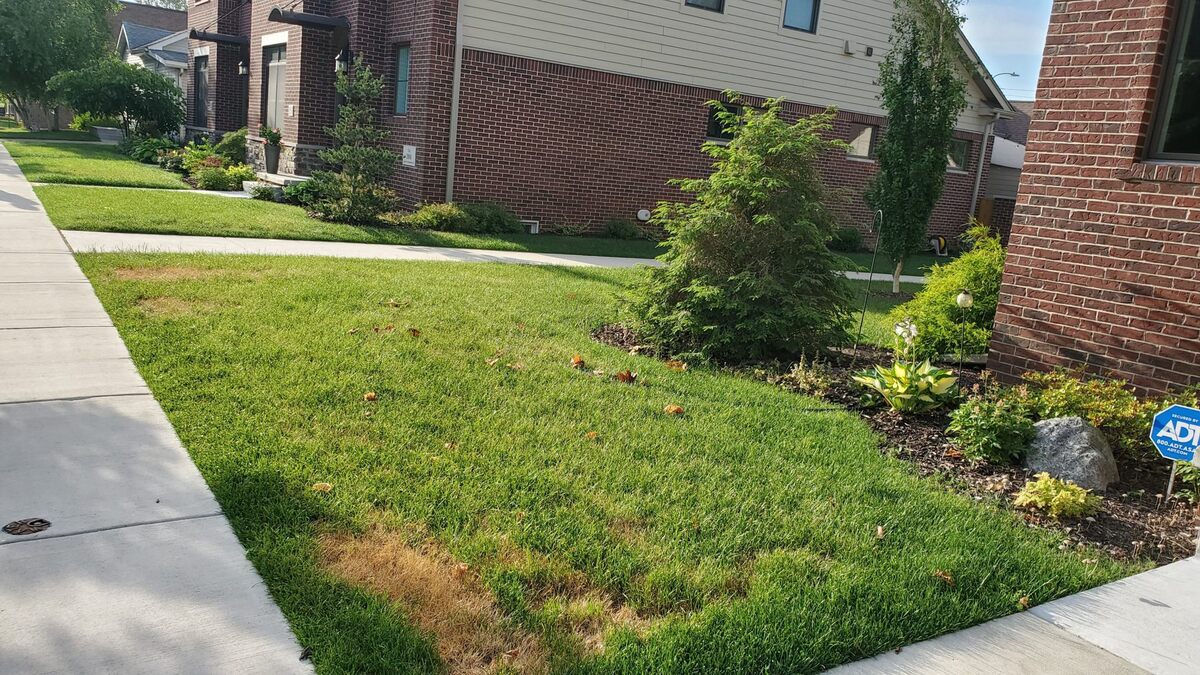

Landscaping Ideas
When To Start Treating My Grass
Modified: February 18, 2024
Learn when to start treating your grass with our expert landscaping ideas. Discover the best practices for maintaining a healthy and vibrant lawn. Start your landscaping journey today!
(Many of the links in this article redirect to a specific reviewed product. Your purchase of these products through affiliate links helps to generate commission for Storables.com, at no extra cost. Learn more)
Factors to Consider Before Treating Your Grass
Before diving into the world of grass treatment, it's crucial to consider several key factors to ensure the best results for your lawn. Understanding these factors will help you make informed decisions and set the stage for a healthy and vibrant lawn.
Read more: When To Start Cutting My Grass
1. Grass Type:
Different grass species have unique characteristics and requirements. It's essential to identify the specific type of grass in your lawn to determine the most suitable treatment approach. For instance, warm-season grasses such as Bermuda and Zoysia thrive in hot climates, while cool-season grasses like Kentucky bluegrass and fescue prefer cooler temperatures. Understanding your grass type will guide you in selecting the appropriate treatments and maintenance practices.
2. Soil Condition:
The condition of your soil plays a significant role in the overall health of your grass. Conducting a soil test can provide valuable insights into its pH levels, nutrient content, and composition. This information is crucial for determining the necessary amendments and treatments to optimize soil fertility and structure. By addressing soil deficiencies and imbalances, you can create an ideal environment for healthy grass growth.
3. Climate and Weather Patterns:
The local climate and weather patterns greatly influence the growth and health of your grass. Factors such as temperature fluctuations, precipitation levels, and seasonal changes impact the grass's nutrient requirements, susceptibility to diseases, and overall resilience. Understanding the climate in your region will help you anticipate the specific challenges your grass may face and tailor your treatment schedule accordingly.
4. Existing Lawn Issues:
Assessing the current condition of your lawn is essential before embarking on any treatment regimen. Look for signs of common problems such as thatch buildup, compaction, weed infestations, and pest damage. Identifying these issues early on will allow you to address them effectively and prevent further deterioration of your lawn.
Read more: When To Start Landscaping
5. Maintenance Commitment:
Consider your availability and commitment to lawn maintenance when planning grass treatments. Some treatments may require ongoing care and monitoring, while others may have specific application timelines. Assessing your ability to consistently follow through with the recommended treatments will help you choose options that align with your maintenance capabilities.
By taking these factors into account, you can make well-informed decisions regarding the treatment and maintenance of your grass, setting the stage for a lush and resilient lawn that enhances the beauty of your outdoor space.
Key Takeaways:
- Understand your grass type, soil condition, climate, lawn issues, and maintenance commitment before treating your grass. This sets the stage for a healthy and vibrant lawn.
- Look out for signs like discoloration, weed infestations, thinning grass, pest damage, thatch buildup, and disease symptoms to know when your grass needs treatment. Regular observation and prompt action are key.
Signs That Your Grass Needs Treatment
Recognizing the signs that indicate your grass is in need of treatment is crucial for maintaining a healthy and vibrant lawn. By staying attuned to these indicators, you can address potential issues promptly and prevent them from escalating. Here are the key signs that signal the need for grass treatment:
-
Discoloration and Yellowing: One of the most noticeable signs that your grass requires treatment is the presence of discoloration or yellowing. This can indicate various underlying issues such as nutrient deficiencies, compacted soil, or pest infestations. Differentiating between uniform yellowing and patchy discoloration can provide valuable clues about the specific problems affecting your grass.
-
Weed Infestations: The sudden emergence of weeds within your lawn is a clear indication that your grass may need treatment. Weeds not only detract from the visual appeal of your lawn but also compete with grass for essential nutrients and water. Identifying the types of weeds invading your lawn can guide you in selecting the most effective treatment methods.
-
Thinning and Bare Patches: If you notice areas of thinning grass or bare patches, it's a sign that your lawn requires attention. Thinning grass can result from factors such as soil compaction, poor drainage, or inadequate sunlight. Addressing these issues promptly can help restore the lushness and uniformity of your lawn.
-
Pest Damage: Evidence of pest activity, such as chewed grass blades, tunnels in the soil, or visible pests themselves, indicates the need for treatment. Common lawn pests like grubs, chinch bugs, and armyworms can wreak havoc on grass if left unchecked. Identifying the specific pests causing damage will inform your treatment approach.
-
Excessive Thatch Buildup: Thatch, a layer of dead grass and organic debris that accumulates above the soil, can impede the health of your lawn if it becomes excessive. Signs of excessive thatch buildup include spongy or uneven grass, reduced water penetration, and increased susceptibility to disease. Treating thatch issues promptly can prevent long-term damage to your grass.
-
Disease Symptoms: Recognizing symptoms of common lawn diseases, such as brown patches, powdery mildew, or rust-colored spots, is crucial for initiating timely treatment. Identifying the specific disease affecting your grass will guide you in selecting the appropriate fungicides or cultural practices to mitigate the issue.
By remaining vigilant for these signs, you can proactively address potential problems and implement targeted treatments to restore the health and vitality of your grass. Regular observation and prompt action are key to maintaining a resilient and visually appealing lawn.
Best Time of Year to Start Treating Your Grass
The timing of grass treatment plays a pivotal role in achieving optimal results and nurturing a lush, resilient lawn. Understanding the best time of year to initiate grass treatments is essential for maximizing their effectiveness and ensuring the long-term health of your grass. The seasonal dynamics and specific needs of your grass type should guide your treatment schedule, allowing you to address issues proactively and capitalize on favorable growth conditions.
Spring: A Season of Renewal
Spring heralds the awakening of nature, making it an ideal time to kick-start your grass treatment regimen. As temperatures begin to rise and daylight hours increase, grass enters a phase of active growth and rejuvenation. This period presents an opportune window for addressing various lawn care tasks, including fertilization, weed control, and soil amendments. Applying a balanced fertilizer in early spring can provide the essential nutrients needed to fuel robust grass growth and promote vibrant greenery. Additionally, targeting broadleaf weeds during this time can prevent their proliferation and help your grass thrive without competition for resources.
Read more: How Do I Treat My Decking
Summer: Nurturing Resilience
The summer season brings its own set of challenges and opportunities for grass treatment. With the intensifying heat and potential water stress, maintaining the health and vigor of your grass becomes paramount. Summer is an ideal time for targeted treatments such as pest control, as common lawn pests tend to be more active during this season. Implementing integrated pest management strategies and applying insecticides judiciously can safeguard your grass from detrimental pest damage. Moreover, proper hydration and soil aeration practices can fortify your grass against the rigors of summer, ensuring its resilience in the face of heat stress.
Fall: Preparation for Dormancy
As the transition from summer to fall unfolds, your grass undergoes a shift in growth patterns, signaling the need for specific treatments to prepare for the impending dormancy. Fall presents an opportune time for core lawn care activities such as overseeding, aeration, and soil testing. Overseeding thin or damaged areas of your lawn in early fall can promote denser grass coverage and address any bare patches before winter sets in. Furthermore, conducting a comprehensive soil test in the fall allows you to identify and rectify any nutrient deficiencies or pH imbalances, setting the stage for robust grass growth in the following seasons.
Winter: Strategic Rest and Preparation
While grass growth slows down during winter, this season offers strategic opportunities for preparing your lawn for the upcoming spring resurgence. Winter treatments focus on fortifying grass roots and mitigating potential stress factors. Applying a winterizing fertilizer in late fall can bolster the resilience of your grass roots, enhancing their ability to withstand cold temperatures and environmental stressors. Additionally, addressing any lingering weed issues before winter sets in can prevent their persistence and facilitate a healthier lawn come spring.
By aligning your grass treatment schedule with the seasonal nuances and specific requirements of your grass type, you can optimize the impact of your treatments and nurture a vibrant, resilient lawn throughout the year. Understanding the distinct opportunities and challenges presented by each season empowers you to implement targeted treatments that cater to the evolving needs of your grass, ensuring its enduring health and beauty.
Common Grass Problems and When to Address Them
Grass, like any living organism, is susceptible to a range of issues that can hinder its health and vitality. Identifying common grass problems and understanding the optimal timing for addressing them is essential for maintaining a lush and resilient lawn. By recognizing the signs of these problems and taking timely action, you can mitigate their impact and foster a thriving grass ecosystem.
Read more: When To Start Mowing Grass
1. Thatch Accumulation
Thatch, a layer of dead grass stems and roots that accumulates above the soil, can impede the health of your lawn if left unaddressed. Excessive thatch buildup can restrict water and nutrient penetration, leading to shallow root growth and increased susceptibility to disease. To address thatch accumulation, consider dethatching your lawn during the active growing season, typically in late spring or early summer. This allows the grass to recover and fill in any bare areas before the onset of harsh weather conditions.
2. Weed Infestations
Weeds can quickly encroach upon your lawn, competing with grass for essential resources and detracting from its visual appeal. Addressing weed infestations promptly is crucial to prevent their proliferation and minimize their impact on your grass. The best time to tackle weeds is during their active growth phases, which often coincide with the spring and early summer months. Implementing targeted weed control measures during this period can effectively suppress weed populations and support the robust growth of your grass.
3. Pest Damage
Lawn pests such as grubs, chinch bugs, and armyworms can inflict significant damage to grass if left unchecked. Signs of pest activity, such as chewed grass blades and visible pests, should prompt immediate action to mitigate their impact. Addressing pest damage is most effective when pests are actively feeding, making early to mid-summer an optimal time for targeted pest control treatments. By addressing pest issues during their peak activity periods, you can safeguard your grass from extensive damage and promote its long-term health.
4. Soil Compaction
Compacted soil can hinder the growth of grass roots and impede the absorption of water and nutrients. To address soil compaction, consider aerating your lawn during the early to late fall months. Aerating allows for improved air and water penetration into the soil, promoting deeper root growth and enhancing the overall resilience of your grass. By addressing soil compaction before the onset of winter, you set the stage for robust grass growth in the following spring.
Read more: When Does Grass Start Dying
5. Nutrient Deficiencies
Grass requires essential nutrients to thrive, and deficiencies can manifest as yellowing, stunted growth, and overall decline in health. Addressing nutrient deficiencies through targeted fertilization is best done during the active growing seasons of spring and early summer. Applying a balanced fertilizer during these periods provides the grass with the necessary nutrients to support vigorous growth and vibrant greenery.
By understanding the specific timing and approaches for addressing common grass problems, you can proactively safeguard the health and beauty of your lawn. Regular observation and prompt intervention are key to mitigating the impact of these issues and nurturing a resilient grass ecosystem that enhances your outdoor space.
Frequently Asked Questions about When To Start Treating My Grass
Was this page helpful?
At Storables.com, we guarantee accurate and reliable information. Our content, validated by Expert Board Contributors, is crafted following stringent Editorial Policies. We're committed to providing you with well-researched, expert-backed insights for all your informational needs.
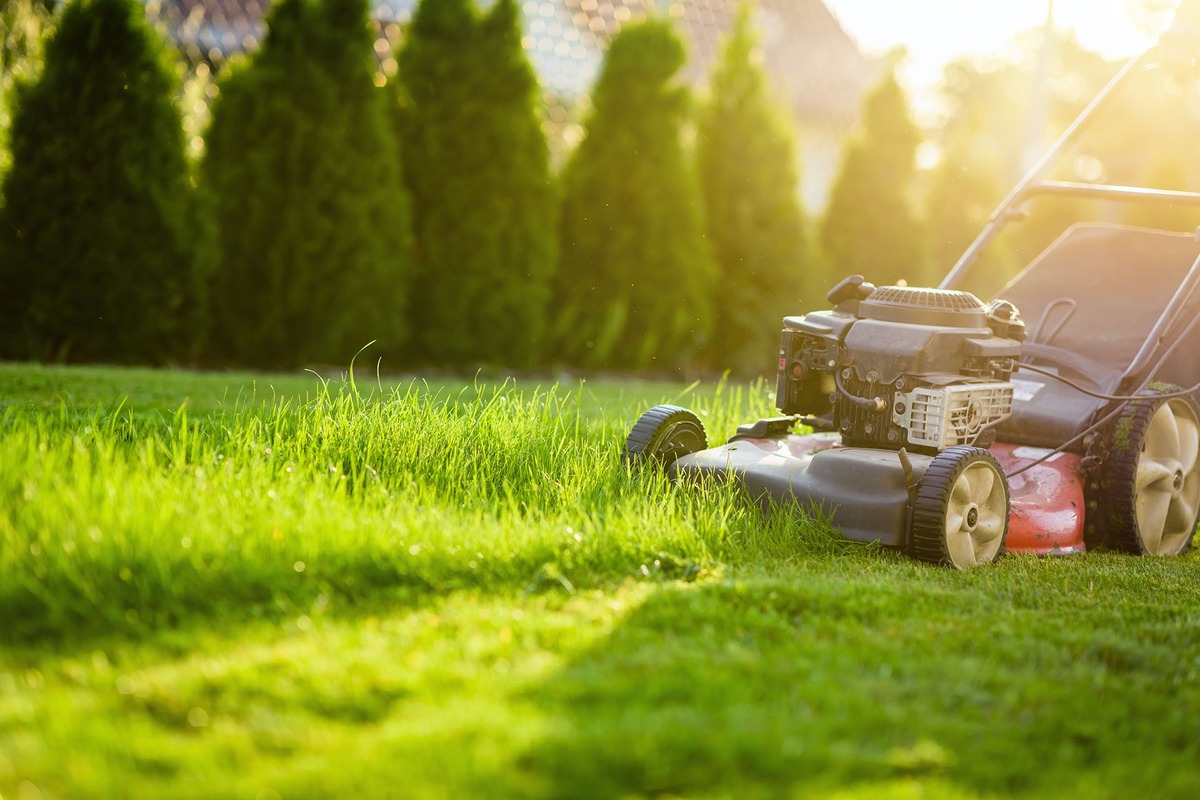
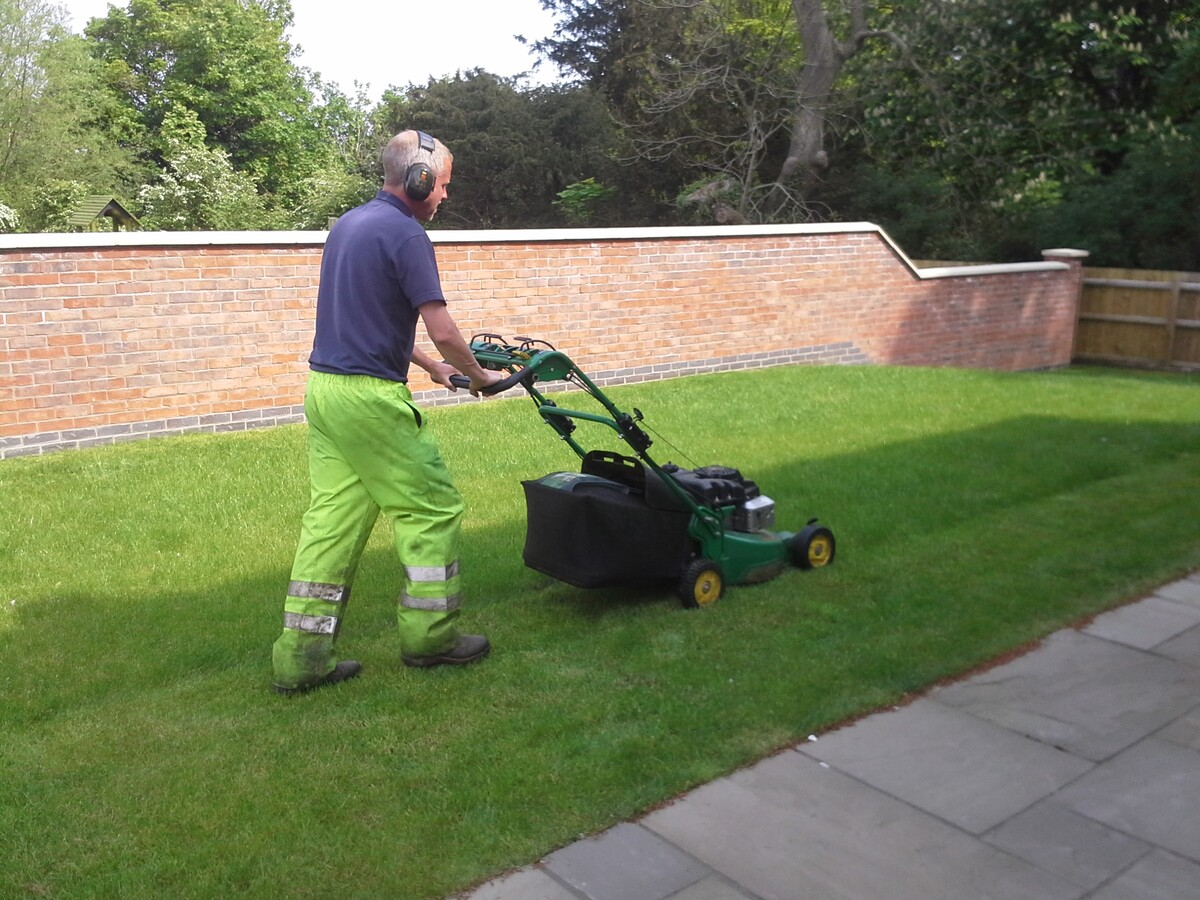
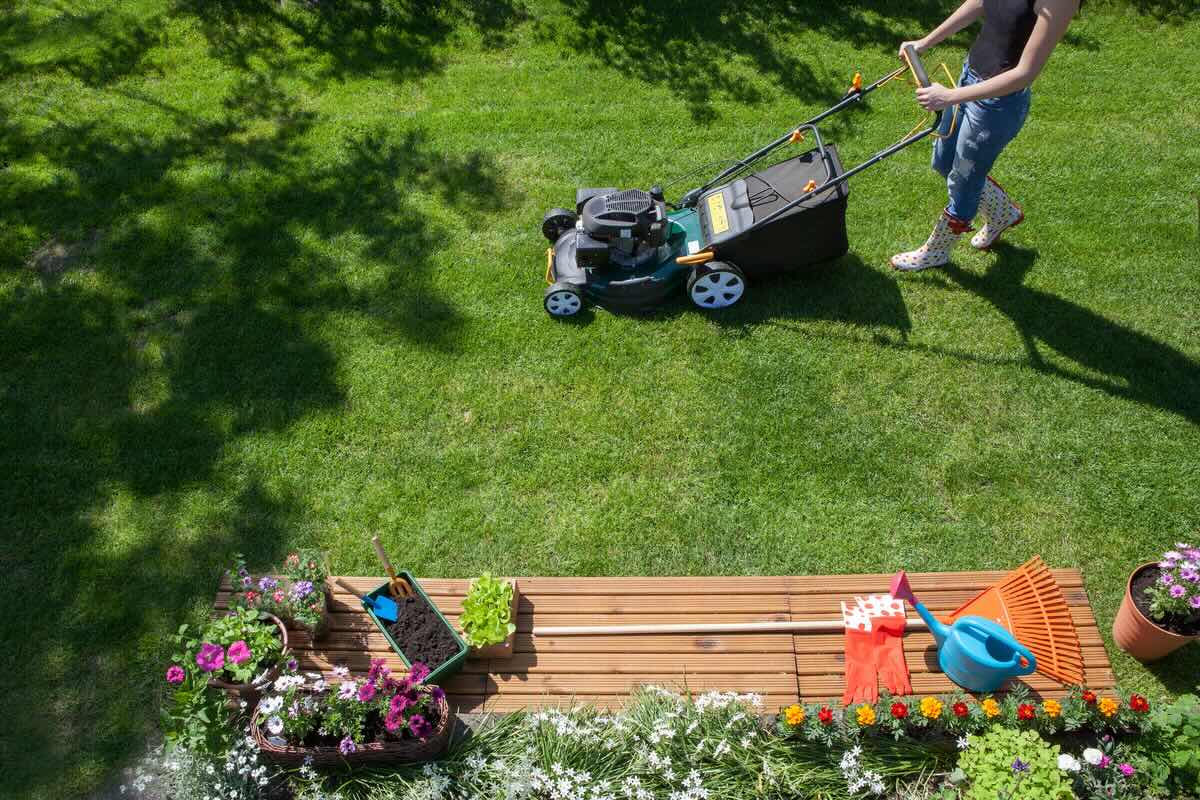
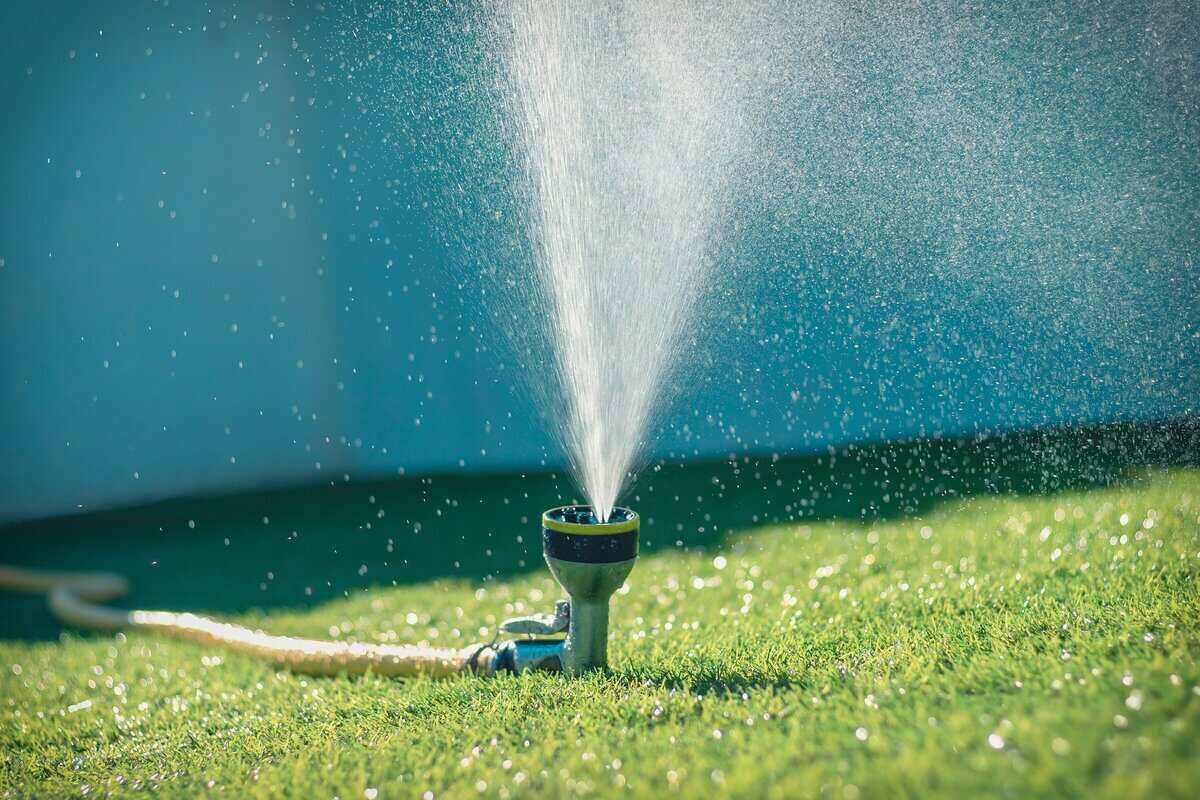
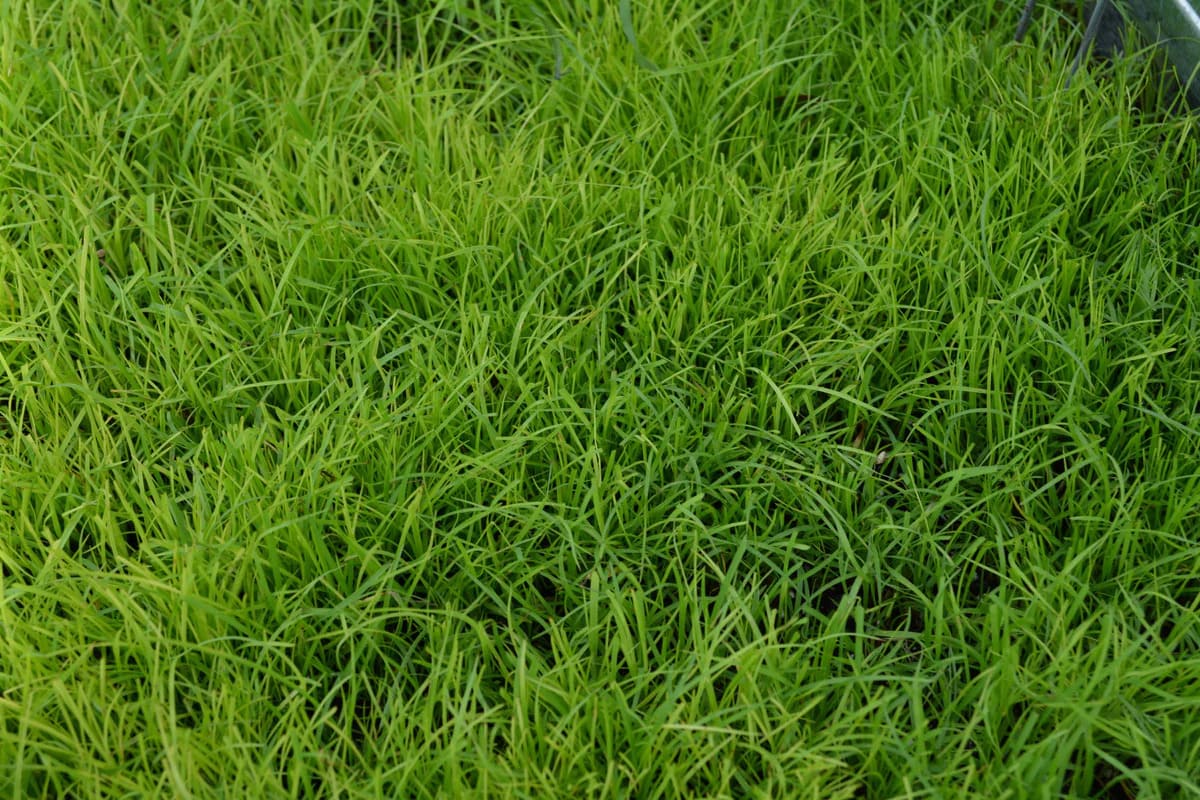
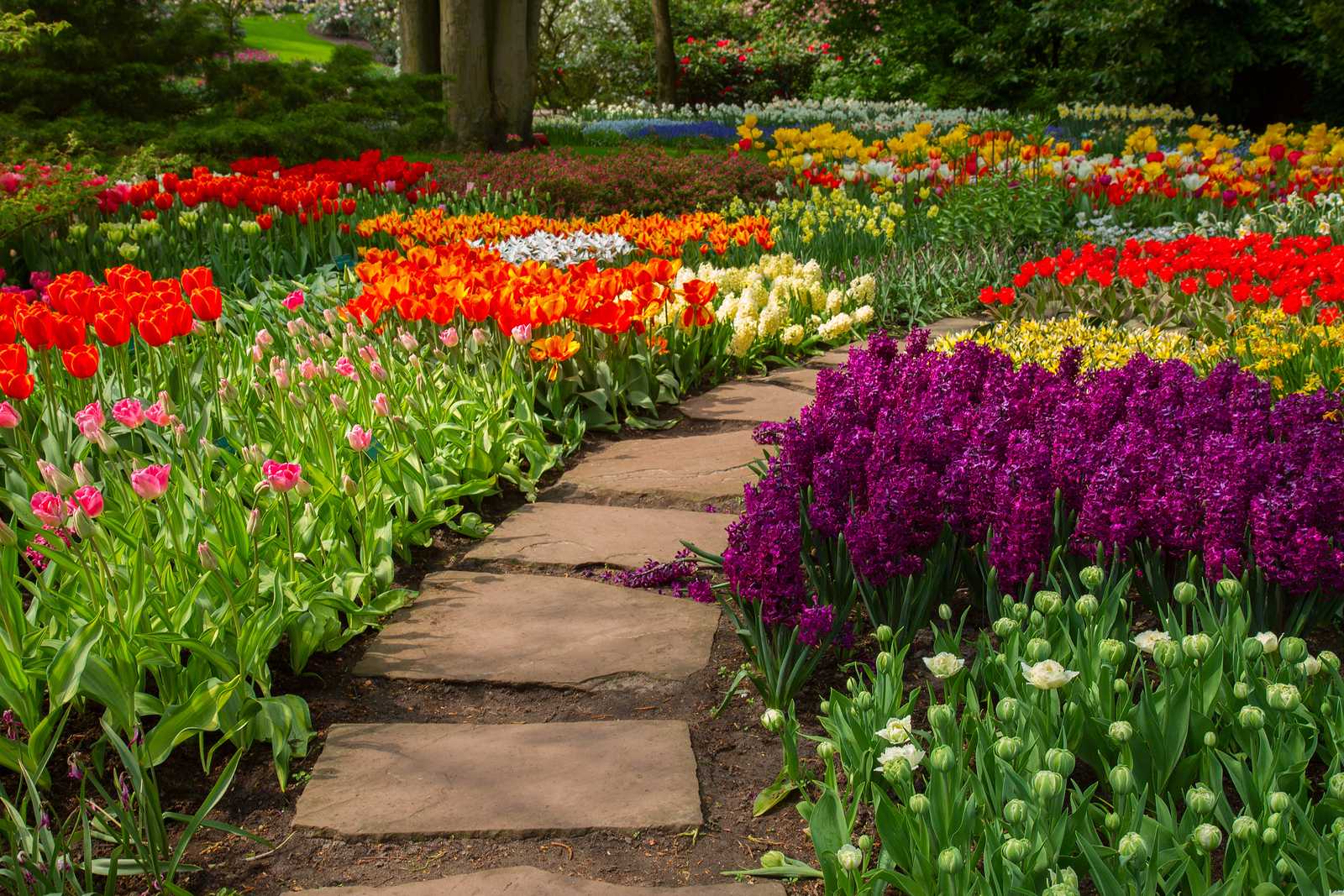
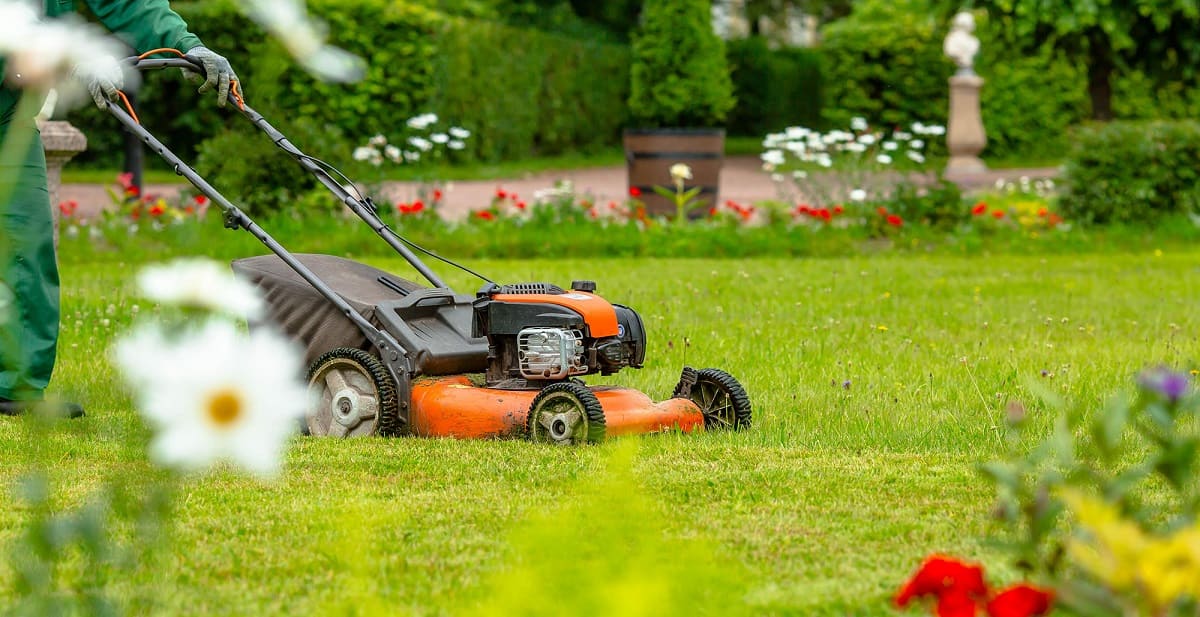

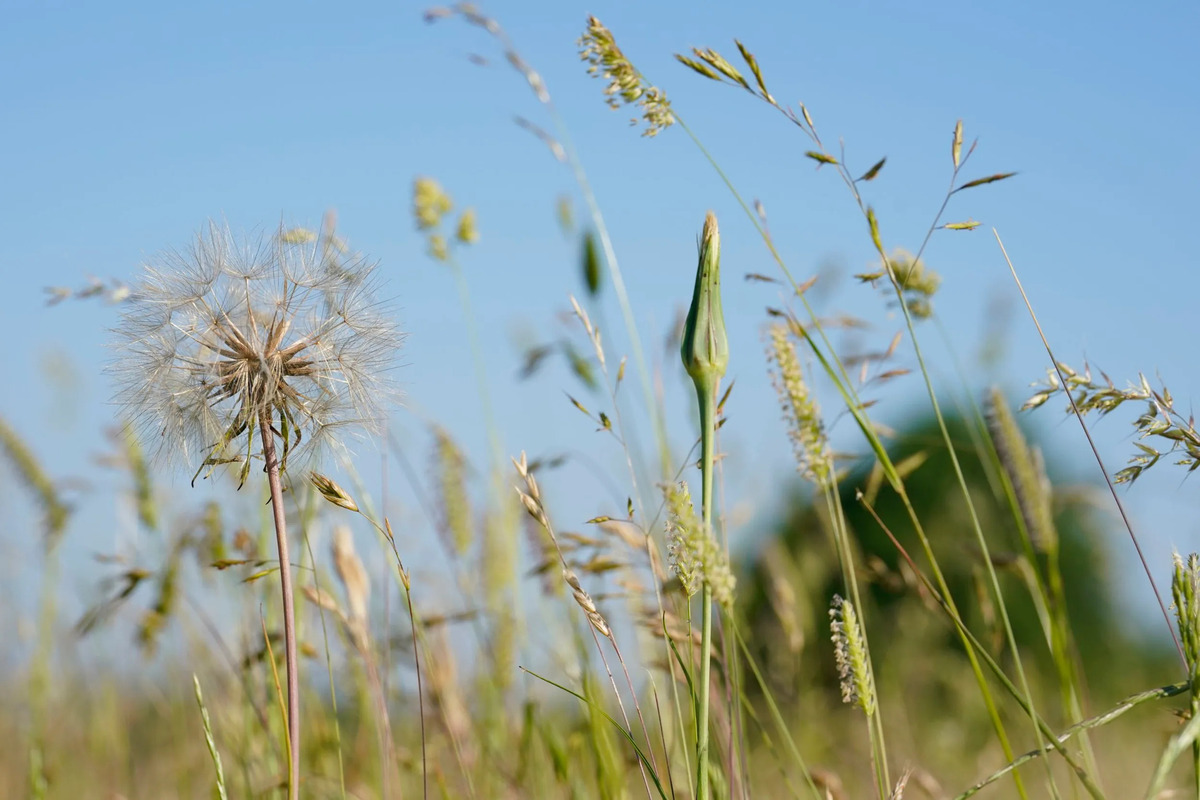
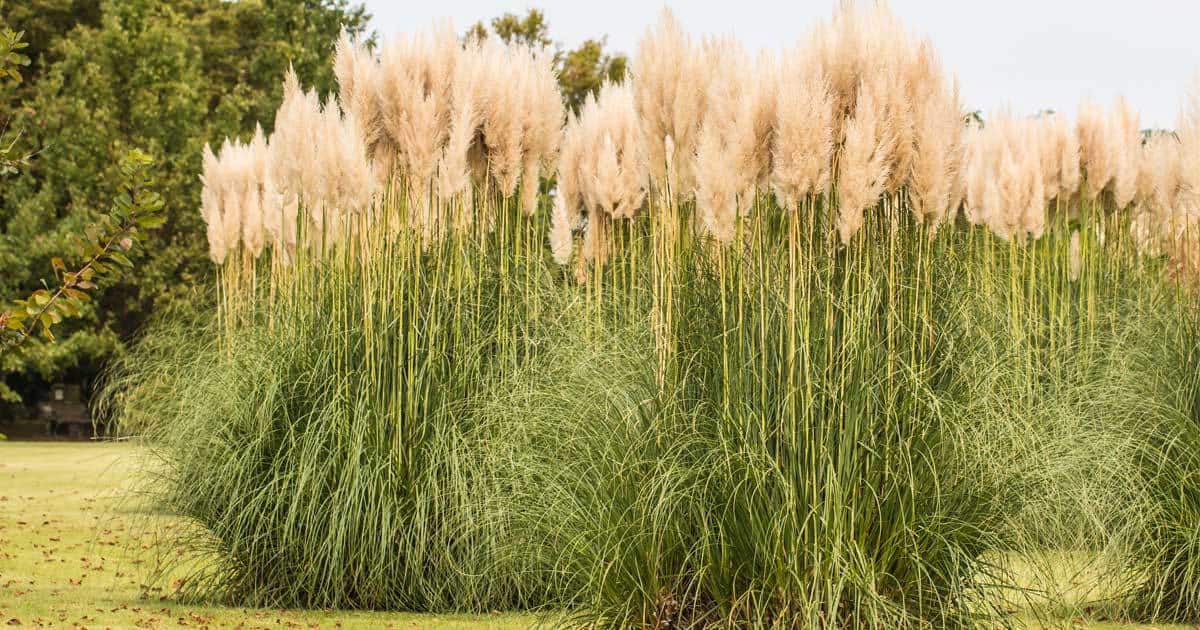
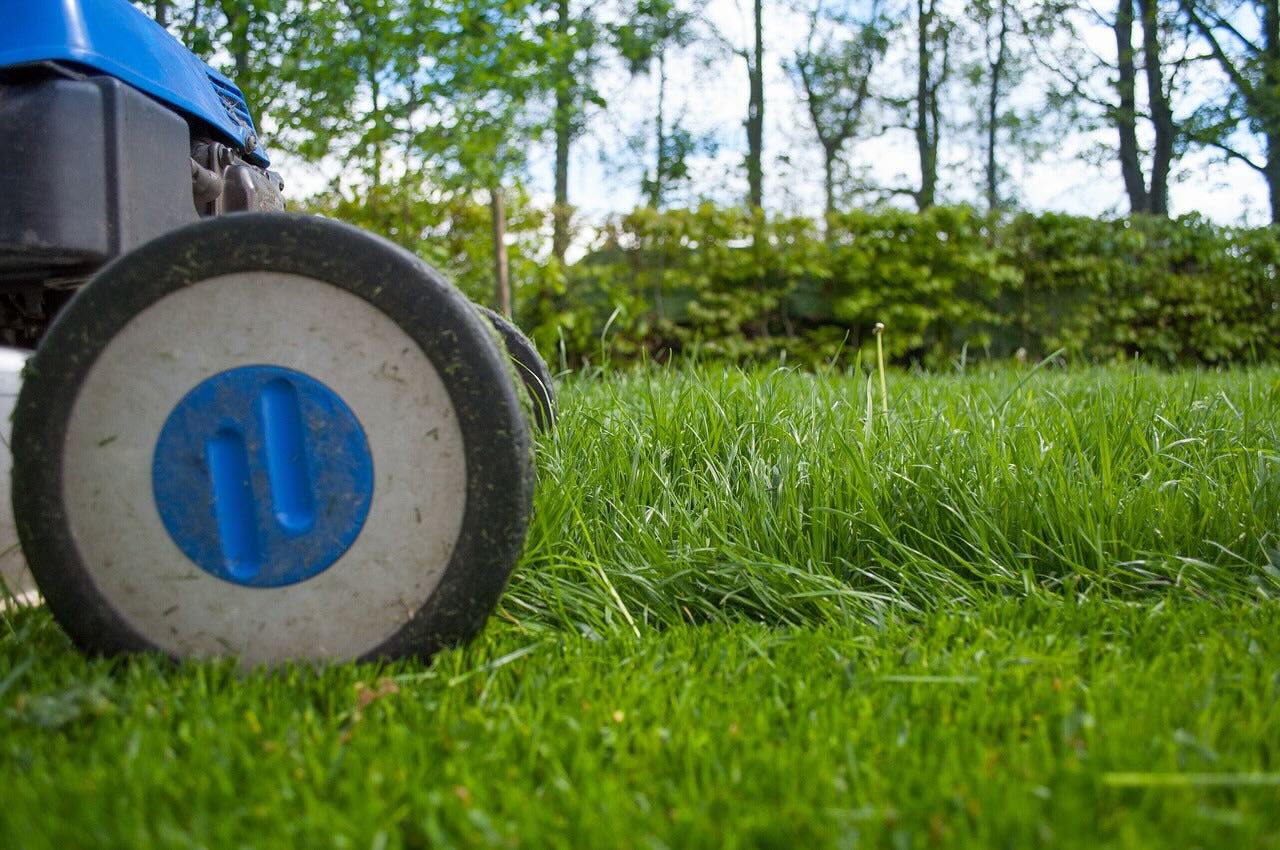

0 thoughts on “When To Start Treating My Grass”